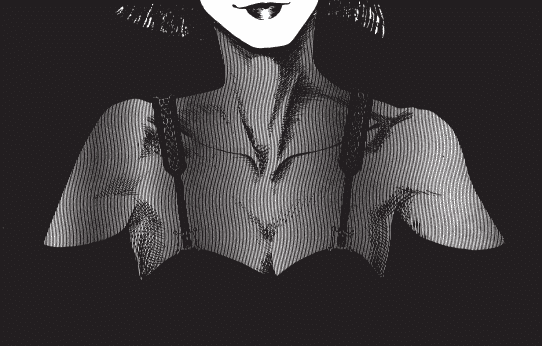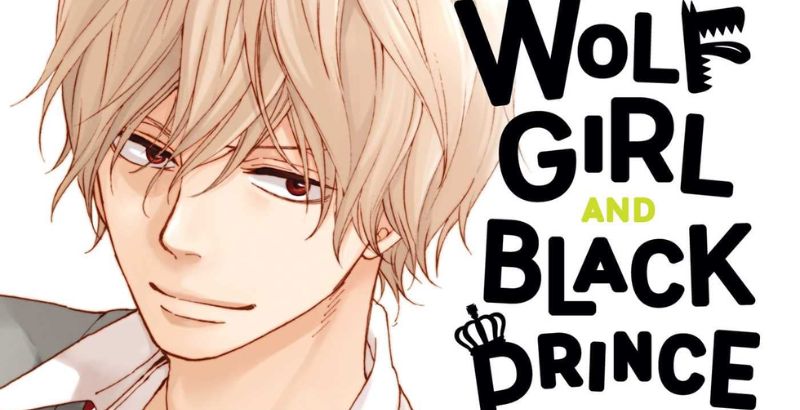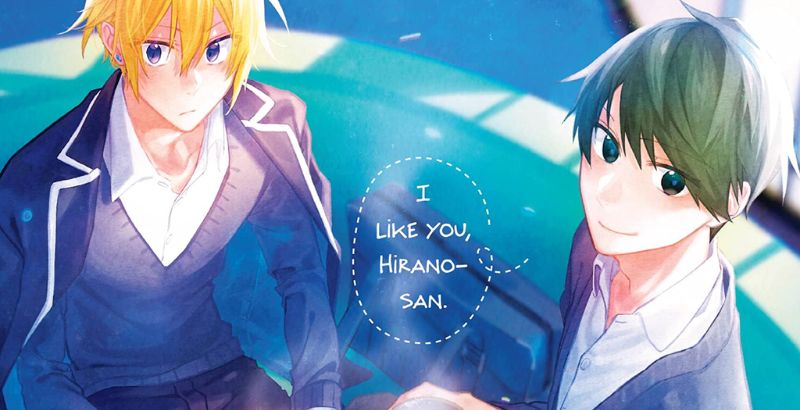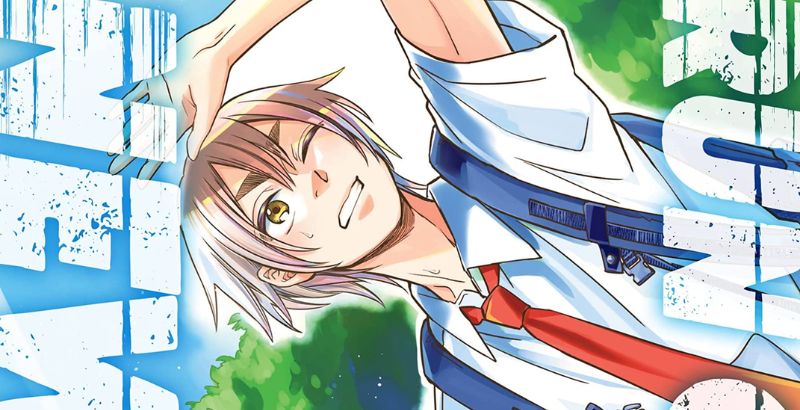
Dark Horse Comics presents Kabuki Omnibus Volume 1 a fantasy manga that originally premiered in 1994, written and illustrated by David Mack. Kabuki Omnibus Volume 1 takes place in a not-so-distant future in Japan. The story follows a young female assassin who goes by the code-name “Kabuki.” She works as an operative for a covert government agency known as “Noh.”
Kabuki’s objective is to counterbalance dangerous individuals before they become a threat to the nation. However, when her agency becomes compromised, Kabuki goes on a personal quest that sets her on a hard path of self-discovery. She struggles with her identity and is ultimately torn over the powers she used to serve. Celebrating 25 years of David Mack’s critically acclaimed Kabuki series, this is the first volume of the four-volume Kabuki Omnibus that collects the first two original volumes: Circle of Blood and Dreams.
Mack’s art skills in Kabuki are very, very striking, and truly stand out in this volume. I liked how he uses numerous art styles in his work, in addition to pencil, ink, and color, he also uses paint, magazine clippings, manga scans, and crayons in his illustrations.
I especially enjoyed the watercolor paintings that he uses on several pages. Using so many types of art styles in one volume not only showcases his artistic abilities outside of his black ink illustrated panels but also adds something unique to the series as well. Having so many different art styles in one collection makes this volume also feel like an art book you would find in a gallery.
Another thing I enjoyed about Kabuki is that it provides some representation of the Ainu, an indigenous people of Japan that resided on the northernmost main island of Hokkaido, Sakhalin, and the Kuril Islands. For years, the Ainu people have suffered from the effects of forced assimilation and discrimination in Japan. It wasn’t until 2017 that Japan’s government approved a bill to formally recognize the Ainu as the country’s indigenous people for the first time. Before reading this manga, I had not seen much representation of the Ainu people in media. The only other time I’ve seen them represented in media was in the anime Golden Kamuy.
I appreciate that Mack mentions the Ainu people, their culture, and the injustices they faced several times throughout this volume. For example, in one panel, it depicts how the Ainu women had been forced into sex slavery by the Japanese during the time of war. While this exchange is not documenting a specific historical instance that occurred, it does still capture some of the mistreatment and discrimination that the Ainu faced.
When I first started reading this manga, I had some difficulty getting into the story right away. I felt that it might have something to do with how the plot moves slowly throughout the volume. Initially, I assumed Kabuki would be more fast-paced and filled with heavy action sequences.
That’s not to say it doesn’t have those things, but there’s just less focus than what I was expecting. I did, however, enjoy that this volume has a more significant focus on themes such as memories, dreams, thoughts, and philosophy. For example, the main character, Kabuki, revisits dreams, and memories several times in this volume and reflects on them and their significance.
Overall, I highly recommend checking this manga out. The artwork is phenomenal and makes you appreciate all of the art styles Mack includes in his work. As a newcomer to the series myself, I can see the appeal that Kabuki Omnibus Volume 1 might have on new readers to have an entry point into this series. This manga also gives long-time fans a single book that includes two of the original volumes and bonus content that they may enjoy as well.
Kabuki Omnibus Volume 1 is available now wherever manga is sold.
Kabuki Omnibus Volume 1
TL;DR
I highly recommend checking this manga out. The artwork is phenomenal and makes you appreciate all of the art styles Mack includes in his work. As a newcomer to the series myself, I can see the appeal that Kabuki Omnibus Volume 1 might have on new readers to have an entry point into this series. This manga also gives long-time fans a single boo that includes two of the original volumes and bonus content that they may enjoy as well.







